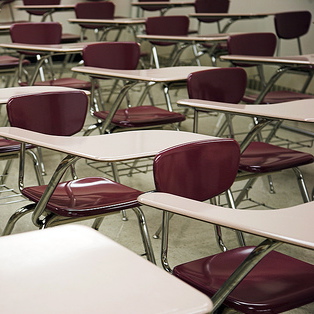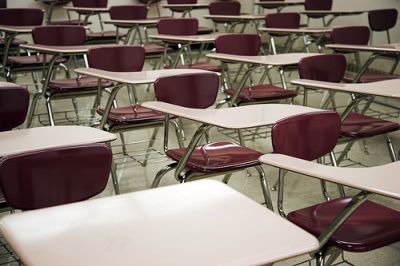It seems that politicians have suddenly discovered that we’re suffering from a high school rigor deficiency. Driven by the economic competitiveness of the “flat world,” numerous states are considering mandates for more rigorous core curricula and increased graduation requirements. New federal legislation puts the US Secretary of Education in the business of setting standards for recognizing “rigorous secondary school program of study.”
Let’s be sure that high school reform isn’t just “more of the same” formulaic and predictable seat time that can already make high school the least engaging part of a student’s day. Graduating with more credits won’t do much for a student’s employment prospects unless high school reform redefines who’s doing the thinking in the classroom.
A competitive workforce is made up of people who can think independently in complex and ambiguous situations where the solutions are not immediately obvious. Meaningful high school reform must include freeing teachers from mindless test prep. Educators need resources and training to craft a rigorous learning environment where students can function as 21st century professionals – critical thinkers who can effectively collaborate to gather, evaluate, analyze and share information.
image credit: flickr/dcJohn



I would like to hear a more positive view on what American school teachers, public school teachers, are doing well. We’re National Board certified teachers who spend every summer in AP workshops, every evening in designing and developing interesting, deep learning experiences, yes, rigorous ones, only to read that “high school is the least engaging part of a student’s day.” We didn’t wait until we were “told” about 21st Century demand because we are out there in the trenches digging a way with our students to enable them to function in a world 50 years away. We are way ahead of the “cutting edge” telling us about rigor, relevance, collaboration, communication, and creativity because that’s where we have and are investing our time, our expertise, and our personal incomes in spite of indulgent parents, lackadaisical students, and a field of experts “chasing the shiny.” We’ve been crafting critical thinkers for not just years but decades. The Nobel Prizes are red, white, and blue and covered in stars because the people who are responsible for creating all professions thinks with greater humanity and passes the torch of the love of learning into every eager hand waiting to carry it forward.
Glenda,
Thank you for taking the time to write the thoughtful and heartfelt comment.
I suspect that if we had a chance to talk, we’d find that we agree that there are scores of teachers working very hard to make their classrooms engaging environments that produce critical thinkers.
My critique of education is directed at the standardized testing that pulls kids from electives for more math and ELA “remediation.” Many creative teachers who want to pursue innovative approaches are curtailed by the need to focus on “the test.”
While my blog does offer many critiques of the “educational / industrial complex,” it also highlights the fine work being done in the classroom. You might take a look at some great examples of innovative instruction in my guest post category.
All the best to you ~ Peter